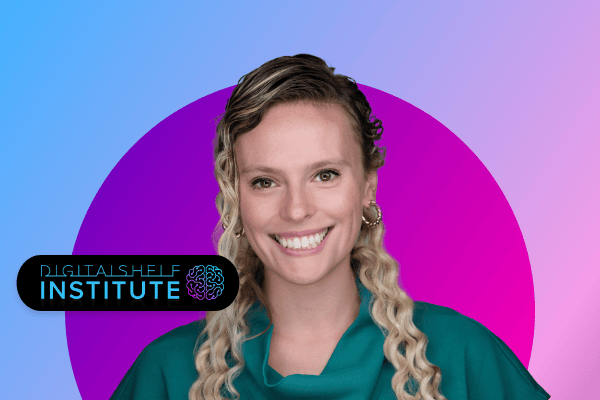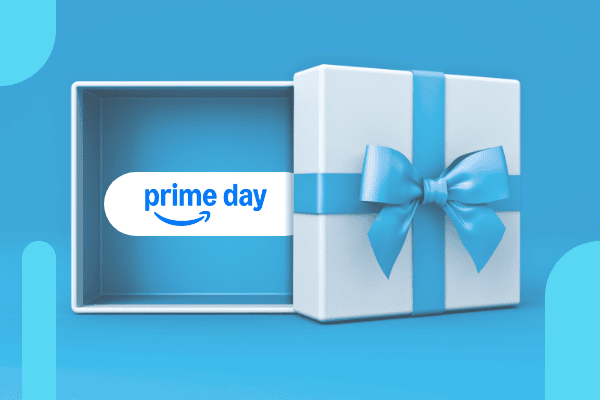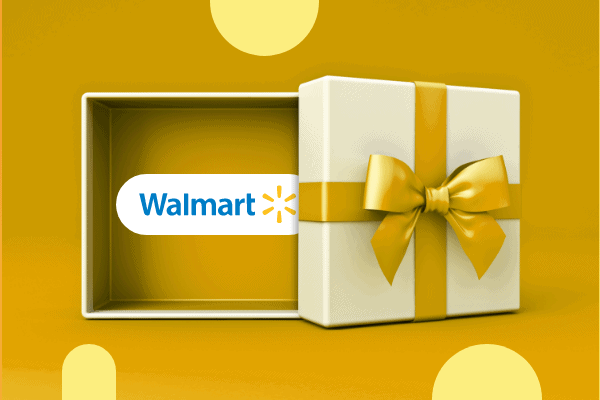Summary
The organic search vs paid search debate remains central to marketing planning for performance-focused teams. Both digital marketing campaigns drive traffic and conversions through search engine optimization, but with different methodologies, timelines, and investment models.
Search Engine Marketing Fundamentals
The search engine results page {SERP} represents prime digital real estate where brands compete for visibility. Online marketing teams must understand the distinct characteristics of each section of the results page to inform resource allocation decisions:
What Defines Organic Search Traffic?
Organic search traffic flows from unpaid listings that appear based on search engine algorithms. These algorithms evaluate hundreds of factors to determine which content best answers user queries. Organic search results occupy the main body of search engine results pages and receive the majority of clicks for informational queries, providing steady traffic without direct cost-per-click fees.
Marketers looking to understand what paid search marketing truly delivers should examine both direct conversion metrics and assisted attribution data.
What Constitutes Paid Search Advertising?
Paid search advertising operates on an auction-based model where advertisers bid on keywords to display ads in premium positions on search engine results pages. This performance-based methodology means advertisers pay only when users click their ads, allowing for precise budget control and ROI tracking. Paid search results appear prominently at the top and bottom of search pages, marked as advertisements yet designed to easily integrate with user experiences.
Key Differences Between Organic and Paid Search
Organic search demands technical optimization and content development to earn natural rankings, while paid search requires strategic bidding and ad creation for purchased visibility. The primary distinctions include:
- Cost Structure: Organic search builds market presence gradually without direct click costs, whereas paid search delivers immediate visibility with costs attached to each user interaction
- Timeline: Organic search establishes long-term positioning with compounding benefits over months and years
- Control: Paid search offers granular targeting options and real-time performance data for agile adjustments
- Position: Paid search results appear at the top of search pages, while organic listings fill the main body of results
- Trust Factors: Users often perceive organic results as more trustworthy than advertisements
Selecting a reliable paid search platform requires evaluating both current capabilities and the roadmap for future algorithm and marketplace changes.
The Value of Organic Search
Organic search represents a foundational investment in sustainable traffic acquisition that builds value over time. Marketing teams that master organic search develop a durable asset that continues delivering results with decreasing marginal costs:
Benefits of SEO and Organic Rankings
Organic search delivers continuous traffic flows without per-click costs, establishing sustainable visibility that scales with search volume. Here are the advantages of a strong organic search presence:
- Cost Efficiency: As organic rankings mature, the total cost per acquisition decreases steadily, delivering impressive ROI compared to other marketing channels
- Trust Signals: Users demonstrate higher trust levels for organic results compared to advertisements, producing stronger engagement metrics and lower bounce rates
- Full-Funnel Coverage: Organic search captures users across all purchase funnel stages, from initial research queries to specific transactional searches
- Compounding Returns: Unlike paid media, which stops delivering when spending ends, organic search continues producing results after the initial investment
Core Components of Organic Search Strategy
A productive SEO strategy begins with data-driven keyword research to identify search terms that balance volume, competition, and conversion potential. The building blocks of successful organic search include:
- Technical Foundation: Establishing proper crawlability and indexability while resolving issues related to site architecture, speed, and mobile compatibility
- Content Development: Addressing user intent through authoritative, well-structured information that satisfies search queries completely
- On-Page Optimization: Implementing strategic keyword placement, semantic markup, and user experience improvements
- Authority Building: Creating trust signals through strategic link acquisition and brand mentions that search algorithms factor into ranking decisions
Timeline and ROI Expectations for Organic Search
Organic search operates on extended timelines, typically requiring 4-12 months to demonstrate meaningful traction, varying based on market competition and existing domain authority. The SEO process follows a structured progression from technical foundation building to content optimization and finally authority development. The measured framework of organic search pays dividends through increasingly favorable acquisition costs, often becoming the most cost-efficient marketing channel once rankings solidify.
Teams wondering how to optimize a paid search campaign often find the greatest gains by analyzing query-level performance rather than broad averages.
Maximizing Paid Search Performance
Paid search delivers unmatched speed to market and precision targeting that organic methods cannot match. Marketing teams with properly structured paid campaigns gain instant visibility and maintain granular control over messaging and budget allocation:
Building Effective PPC Campaigns
Account architecture establishes the structural foundation for paid search campaign success, organizing keywords, ad copy, and landing pages into logical hierarchies for management and optimization. Successful paid search campaigns incorporate:
- Strategic Keyword Selection: Defining campaign targeting parameters by balancing search volume, commercial intent, and competitive factors
- Compelling Ad Copy: Creating messaging that balances promotional offers with relevance to search terms and user intent
- Optimized Landing Pages: Selecting and refining destination pages that significantly influence both user experience metrics and platform quality scores
- Budget Allocation: Distributing spend across campaigns based on performance data and business priorities
- Audience Targeting: Refining who sees ads based on demographics, behaviors, and previous site interactions
Setting Up Google Ads and Microsoft Advertising
Platform selection demands alignment with target audience characteristics and competitive landscape analysis. Google Ads commands a dominant market share, while Microsoft Advertising provides access to distinct audience segments across Bing, Yahoo, and partner networks. Account configuration requires precise conversion tracking implementation, audience definition, and campaign parameter establishment. Bidding methodology options span from traditional manual bid management to algorithmic systems that optimize toward specific business outcomes through machine learning applications.
Optimizing Ad Spend and Budget Management
Bid management systems balance position targets, traffic volume, and cost efficiency through ongoing refinement based on campaign data and competitive responses. Monthly ad spend distribution across campaign types should mirror business priorities and performance indicators, with fluid reallocation to the highest-performing segments. Advanced analytics transcend surface metrics like clicks and impressions to reveal true business impact through conversion and revenue tracking. Testing protocols examine variables systematically across ad copy, landing pages, and audience segments to drive continuous performance improvement.
Creating an Integrated Search Strategy
Top-performing search marketing teams understand that the “organic search vs paid search” debate presents a false choice. These distinct yet complementary strategies work most powerfully when deployed together as part of a cohesive strategy:
When to Use Organic vs Paid Search
Time-sensitive marketing objectives favor paid search approaches, providing immediate visibility for product launches, seasonal promotions, and limited-time offers. The decision factors for channel selection include:
- Competitive Intensity: Highly competitive search terms where organic ranking requires substantial time investment benefit from paid search coverage
- Term Value: Strategic keywords with sustained search volume and evergreen relevance warrant organic search development for long-term positioning
- Resource Allocation: Budget decisions must weigh immediate performance needs against sustainable traffic growth
- Conversion Intent: Transactional searches often justify paid placement, while informational terms may perform better through organic content
- Brand Protection: Defensive bidding on brand terms prevents competitors from capturing traffic from users searching specifically for your brand
Combining SEO and PPC for Maximum Impact
Data integration between paid and organic search programs uncovers actionable insights about user intent patterns and query language preferences. Strategic integration tactics offer unique benefits:
- SERP Dominance: Employing both channels simultaneously to maximize visibility for high-priority terms and competitive protection
- Audience Remarketing: Applying paid search targeting to previous organic visitors, extending engagement opportunities with interested prospects
- Performance Testing: Using paid search campaigns as low-risk testing environments for messaging and landing page plans before implementation in organic search
- Keyword Discovery: Identifying new organic opportunities through paid search query reports showing high-performing terms
- Cross-Channel Insights: Sharing bounce rate and conversion data between channels to inform optimization decisions
Measuring Success Across Search Channels
Consolidated analytics frameworks deliver comprehensive visibility into search performance across both organic and paid channels. Advanced attribution systems allocate conversion credit appropriately when users interact with multiple search touchpoints before converting. Audience journey mapping tracks how users move between organic search results and paid search ads throughout their decision process. Competitive industry analysis often identifies market opportunities where competitors show vulnerabilities in either organic rankings or paid search presence.
Data-Driven Search Marketing Technology with Skai
Skai’s Paid Search solution empowers marketing teams with AI-powered technology specifically designed for complex search marketing environments. The platform combines sophisticated campaign management with data-driven insights and cross-channel intelligence, helping marketers make informed decisions about their search marketing investments.
Skai’s Paid Search platform stands out with advanced analytics capabilities that provide visibility into even the most opaque ad formats like Performance Max. The solution includes customizable audits that automatically identify optimization opportunities, algorithmic bidding that maximizes portfolio performance, and comprehensive reporting dashboards that unify data across channels. With direct integrations to Google, Microsoft, Amazon Ads, Walmart Connect, and other major platforms, Skai creates a centralized command center for all search marketing activities.
Want to see how Skai’s Paid Search solution revitalizes your digital marketing strategy? Schedule a demonstration to see how our platform enhances your campaign performance through data-driven technology.
——-
Frequently Asked Questions
1. What is the difference between organic search and paid search?
The difference between organic search and paid search lies primarily in their placement mechanisms and cost structures. Organic search results appear based on algorithmic relevance without direct costs per click, while paid search results appear through auction-based systems where advertisers pay for each user interaction.
2. Can paid search be targeted?
Paid search offers extensive targeting capabilities that allow advertisers to reach specific audience segments based on demographics, behaviors, geographic locations, and device types. Advanced targeting parameters enable precise budget allocation to the most valuable potential customers, improving campaign efficiency and performance metrics across marketing channels.
3. Does paid search affect organic search?
Paid search campaigns do not directly influence organic search rankings as search engines maintain a strict separation between their advertising and algorithmic results. However, insights from paid campaigns can indirectly improve organic search performance by revealing high-converting keywords, effective messaging, and user behavior patterns that inform content development and search engine optimization strategy.







